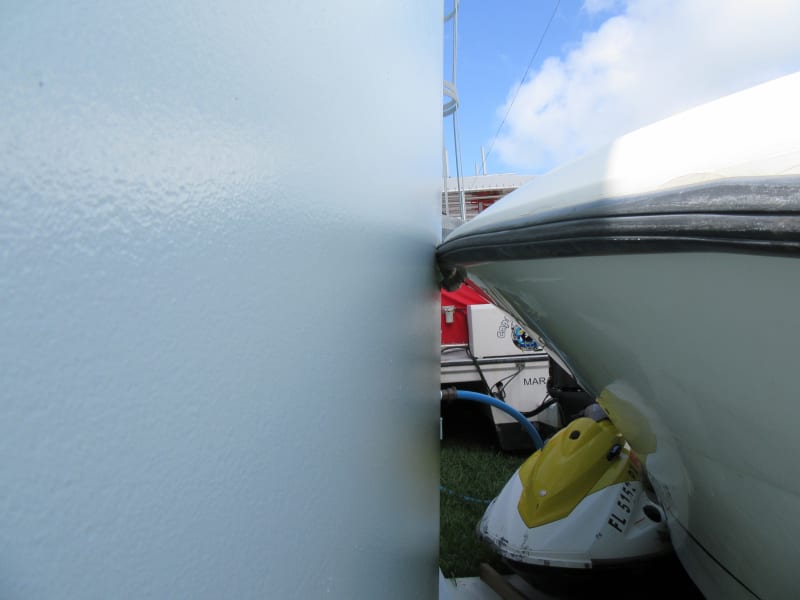HZStruct
Structural
- Feb 16, 2021
- 7
Hello,
I am working on a water storage tank project in the intermountain region of the US (WY, CO, UT, etc.) and I am looking into the different types of tanks. I have little experience with water storage tanks and the ones I am familiar with are AWWA D110 Type I for high seismic regions. Are certain types of tanks, steel or concrete (AWWA D110), more common by region than others?
Any insight on tank type by region or general considerations is appreciated.
Thanks for the help in advance!
I am working on a water storage tank project in the intermountain region of the US (WY, CO, UT, etc.) and I am looking into the different types of tanks. I have little experience with water storage tanks and the ones I am familiar with are AWWA D110 Type I for high seismic regions. Are certain types of tanks, steel or concrete (AWWA D110), more common by region than others?
Any insight on tank type by region or general considerations is appreciated.
Thanks for the help in advance!

![[machinegun] [machinegun] [machinegun]](/data/assets/smilies/machinegun.gif) .
. 